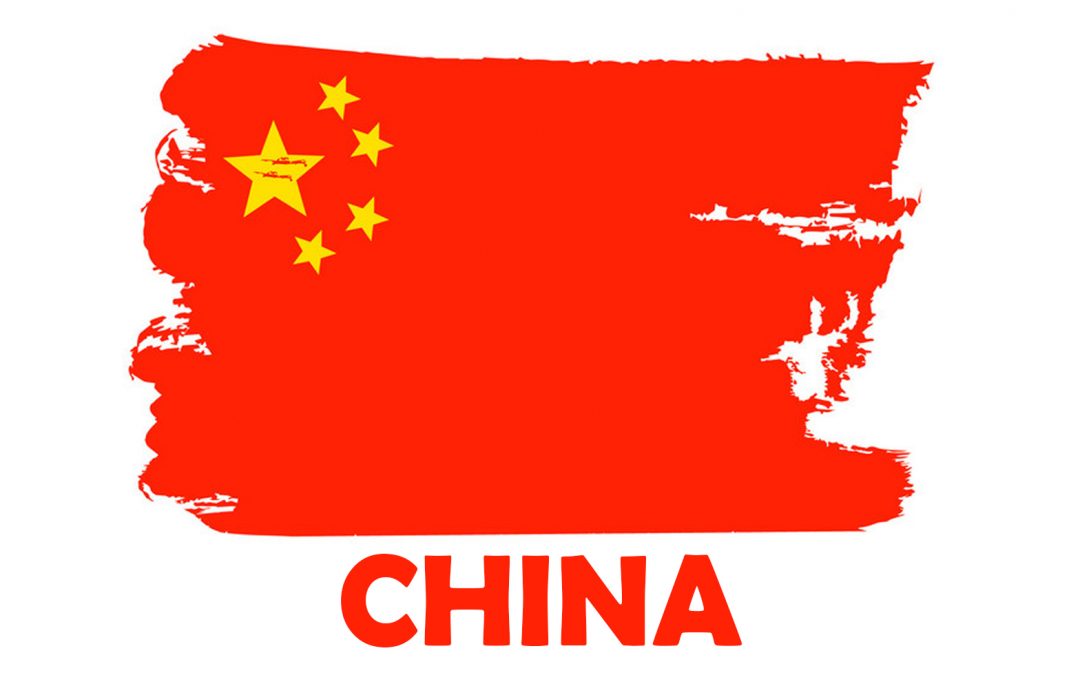The next one on the list of ‘Top Ship-owning Nations’ – China – has been playing an increasingly crucial role in the global shipping industry, dominantly controlling the world’s second-largest shipping fleet of more than 5,600 vessels, totalling a capacity of 270 million dwt. Being one of the top ship-owning nations, China is home to seven of the world’s 10 busiest ports by cargo tonnage.
Further, it produces 96 per cent of the world’s shipping containers and more than 80 per cent of the world’s ship-to-shore cranes. Although still a nascent naval power, China has already become a dominant player in the commercial maritime space.
In the early 2000s, following China’s accession to the World Trade Organization (WTO), the Chinese Government heavily invested in water transport infrastructure, constructing new ports and rebuilding and enlarging older facilities. Further, with a view to develop and expand its ocean transport, they encouraged massive state-owned enterprises (SOEs), additionally established a state-run maritime shipping company, and subsequently signed shipping agreements with many countries. It also introduced a special tax-free ship registration (STFSR) policy in July 2007 to expand registered fleet tonnage and strengthen ship management.
The global maritime industry suffered a collapse due to the 2008 financial crisis, however, Beijing’s efforts continued to accelerate, providing Chinese firms with a strategic buffer from volatile market forces leading to expansion of their global market share. Interestingly, in 2011, the Chinese ports handled more than 150 million container units.
By 2014, China’s fleet, comprised of 7,744 ships of 170m gt. In total, China has a surface warship fleet of 121 vessels, a submarine fleet of 56 platforms and another 341 coastal patrol ships. Till 2015, the China-owned merchant ship fleet was the world’s third-largest by nationality of the owner with a market share of 11 per cent.
At the end of 2017, an increasing number of orders were placed for new vessels (like biggest bulk carriers, tankers, and containerships) to be delivered to China-based ship-owners, equating to almost 17% of the existing China-owned fleet. It indicated that the newly constructed capacity was the most effective growth element in the China-owned fleet.
By 2018, China became the world’s second-largest ship-owning country and since then, continued seeing a strong and accelerating growth. Even today, China continues to stand out as one of the countries with a high share registered under their national flag (particularly when including the Hong Kong register). In 2020, China was the third-largest shipowner in terms of cargo-carrying capacity [228 million dead-weight tonnage (DWT)].
As COVID-19 affected the global shipping industry, the ship-owning countries too faced issues. Despite that, a high level of commodity demand ensured China’s place as one of the most significant players in the shipping business.
The Chinese state plays a crucial role in providing financial support to the shipping industry in numerous direct and indirect ways, including subsidies in cash payments, cheap financing and fundraising, tax incentives and concessions, barriers for foreign firms, state-directed industrial consolidation, forced technology transfer, and intellectual property theft, among others.
During the global financial crisis, the European banks eventually reduced their shipping portfolio, thereby giving the Chinese lessors an opportunity. This was one of the reasons for Chinese dominance in the shipping industry.
All this is possible due to the favourable regulatory and legal treatment.
The Chinese Maritime Code governs commercial contracts (carriage of goods and passengers by sea, charter parties, towage), admiralty (collisions, salvage, general average, limitation of liability) and marine insurance.
It adopts many provisions of international rules and conventions, including many of the elements of the Protocol to amend the International Convention for the Unification of Certain Rules of Law Relating to Bills of Lading 1968 (the Hague-Visby Rules), the Athens Convention on the Carriage of Passengers and their Luggage by Sea 1974 (the Athens Convention), the International Convention on Salvage 1989 (the 1989 Salvage Convention), the Convention on Limitation of Liability for Maritime Claims 1976 (the LLMC Convention 1976) and the York Antwerp Rules.
In addition, China is a party to several international shipping conventions on safety, which will prevail if there is a conflict between them and Chinese laws. Like the Maritime Safety Administration (MSA). Registration of shipping interests in China is governed by the Regulations Governing the Registration of Ships and is administered by the MSA. The interests of ownership, mortgage and demise charter can all be registered.
While outside scrutiny remains focused on China’s more overt support for domestic companies (state-owned and non-state-owned alike), some cities like Beijing are increasingly turning to more sophisticated tools to empower Chinese firms both in how export and import decisions are made (whereas many other advanced economies leave such decisions to the market). Further, the capital city is helping domestic firms bulk up via mergers and acquisitions (M&A) in ways that would be all but impossible for foreign firms both in China and in their home countries where more restrictive antimonopoly laws limit anticompetitive behaviour.
Finally, Chinese companies are listed as owners of a combined 3.63 million TEU. Chinese state-owned operator COSCO Shipping Lines, which also owns a majority stake in Orient Overseas Container Line (OOCL), has been expanding its fleet by building mega container ships at its shipbuilding affiliates, including five 23,000TEU vessels ordered by OOCL. China is seemingly striving hard to maintain its top position.
To Be Continued…






